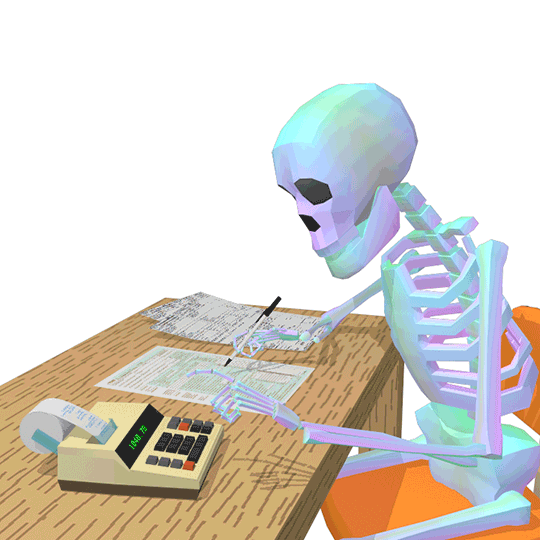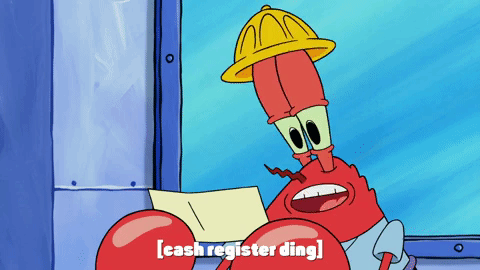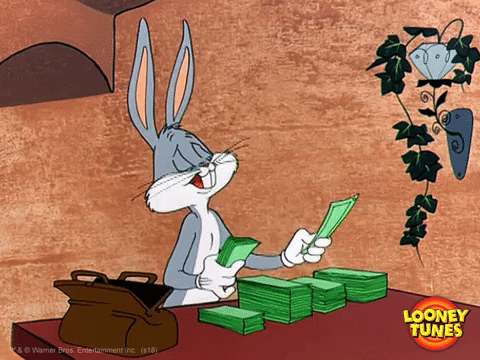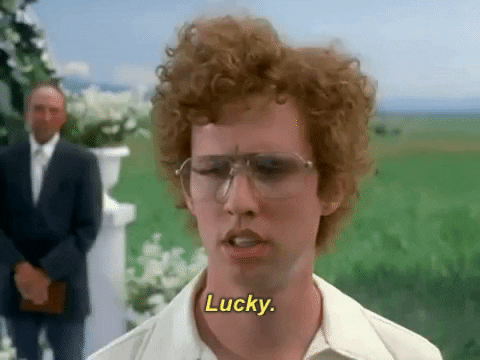
In this world, nothing is certain but death and taxes.
This quote from Ben Franklin in 1789 still stands true today!
Governments around the world implement taxes to pay for infrastructure, health care, education, and many other services we use every day.
Understanding how Canadian sales taxes work will help you if:
you're a newcomer and want to familiarize yourself with the tax system here
you're trying to budget and better understand why something with a price tag of $50 suddenly costs you $56.50
Sales Tax In Canada
Unlike many countries across the world, Canada’s sales tax is ADDED to the price of an item or a service you're purchasing.
This means the listed price is not the final price you'll pay. It's important to keep this in mind if you're trying to keep within a certain budget.

In Canada, there are typically two sales taxes:
Federal sales tax
implemented by the Canadian Federal Government
called the Goods and Services Tax (GST)
currently stands at 5%
Provincial sales tax
implemented by individual provincial governments
rates may vary from 0 to 10% depending on the province or territory you're in

Provincial Taxes
Most provinces have a provincial sales tax in addition to the GST. It's up to each province to decide what they want to name the tax, the rate of the tax, and how it'll be implemented and collected.

Provinces with a PST
This provincial tax is implemented separately from the GST and is collected by the province.
British Columbia (PST)
Manitoba (Retail Sales Tax)
Saskatchewan (PST)
Quebec (Quebec Sales Tax)
Provinces with HST
This provincial tax is combined with the GST into a Harmonized Sales Tax (HST).
Nova Scotia
New Brunswick
Newfoundland and Labrador
Ontario
Prince Edward Island
Provinces and territories with no PST or HST
The following province and territories have chosen not to implement their own taxes, so you only need to pay the GST when you visit them:
Alberta
Nunavut
Northwest Territories
Yukon

Calculating The Tax
Tax rates vary from province to province and the final amount you have to pay will depend on where you're located and what you're buying. Most things are taxed but things such as basic groceries (e.g. milk) are not.

It sounds confusing but it's actually quite simple! And for simplicity's sake, assume you'll be paying a sales tax:
Tax rates in each province
Alberta: 5% (GST)
British Columbia: 12% (GST + PST)
Manitoba: 12% (GST + RST)
New Brunswick: 15% (HST)
Newfoundland and Labrador: 15% (HST)
Northwest Territories: 5% (GST)
Nova Scotia: 15% (HST)
Nunavut: 5% (GST)
Ontario: 13% (HST)
Prince Edward Island: 15% (HST)
Quebec: 14.975% (GST + QST)
Saskatchewan: 11% (GST + PST)
Yukon: 5% (GST)
Scenario
Let's say you're buying a $500 TV in the province of Nova Scotia while your brother living in Alberta is also getting the same TV at the same price for his home.
You
TV = $500
Tax in Nova Scotia = 15%
Calculate tax amount = $500 x 0.15 =$75
Calculate final amount = $500 + $75
Total amount you will pay = $575
Your Brother
TV = $500
Tax in Alberta = 5%
Calculate tax amount = $500 x 0.05 =$25
Calculate final amount = $500 + $25
Total amount your brother will pay = $525
Quiz
How much will a $250 dress cost in British Columbia?
Take Action
Going forward, it's important to:
Your feedback matters to us.
This Byte helped me better understand the topic.
